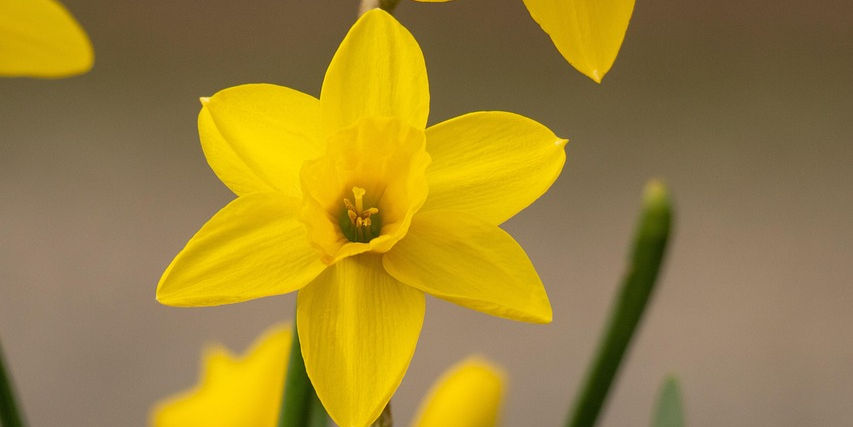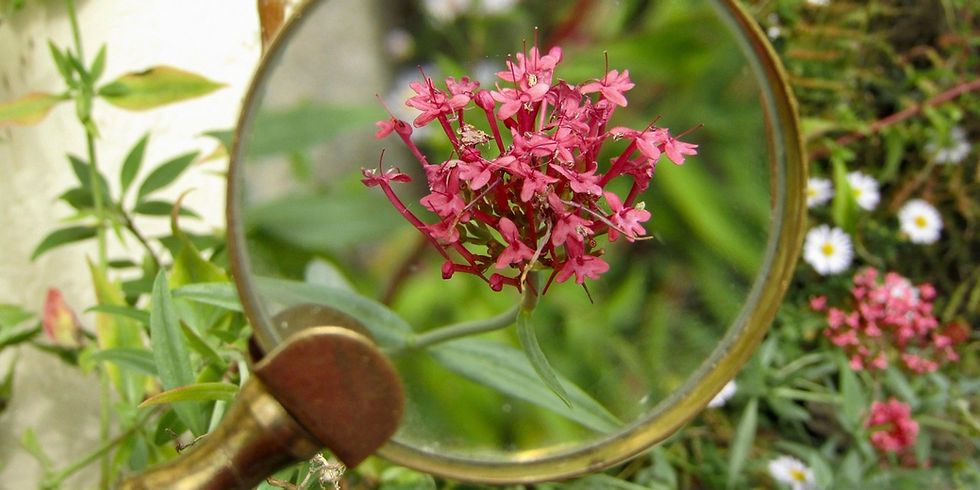The Father of Botany: How Theophrastus Shaped the Science of Plants
- The Economic Botanist

- 4 days ago
- 5 min read
This article is about our beloved Father of Botany, Theophrastus.

"Look closely at the green world around you; every leaf, every flower has a story waiting to be told." - The Economic Botanist
If you’ve ever wondered where our understanding of plants began, you’re in the right place. Botany—the scientific study of plants—might seem like a modern field with labs and microscopes, but its roots stretch back over 2,000 years. And at the very center of that history is one remarkable man: Theophrastus, often called the Father of Botany.
In this article, we’re going to take a friendly stroll through history, exploring who Theophrastus was, why he deserves that title, and how his work still influences plant science today. Whether you’re a student, a plant lover, or just curious about the roots of science, there’s something here for you.
On this page
Understanding the Roots of Botany
Who Was Theophrastus? The Life of the Father of Botany
Theophrastus’s Contributions to the History of Botany
How Theophrastus Laid the Foundation for Modern Botanical Science
Theophrastus and Aristotle: A Partnership in Natural Science
The Lasting Legacy: Why Theophrastus Is Still the Father of Botany
Understanding the Roots of Botany
So, let’s start simple: what is botany? At its core, botany is the scientific study of plants. That means everything from tiny mosses and algae to giant oak trees. Plants aren’t just green decorations—they’re the backbone of life on Earth. Understanding them helps us grow food, medicine, and even fuel for the future.
But have you ever thought about where it all started? Who first tried to systematically study plants instead of just using them for food or medicine? That’s where Theophrastus comes in. Living in ancient Greece over two thousand years ago, he was curious, methodical, and surprisingly modern in his approach to plant science. He didn’t just look at plants; he tried to understand them in a way that laid the foundation for modern botany.
Who Was Theophrastus? The Life of the Father of Botany
If you’re picturing Theophrastus, imagine a curious Greek philosopher walking through olive groves, notebook in hand, jotting down observations about every plant he sees. Born around 371 BC on the island of Lesbos, Aureolus Philippus Theophrastus was a student of the famous Aristotle. That connection alone tells you he was in good intellectual company!
He studied at Aristotle’s school, the Lyceum in Athens, and eventually took over as head of the school after Aristotle’s death. But Theophrastus wasn’t just a philosopher. His interests spanned ethics, logic, and even metaphysics—but his heart was drawn to the natural world.
What makes Theophrastus so fascinating is that he didn’t just theorize about plants; he observed them closely, categorized them, and even wrote detailed descriptions of their growth, reproduction, and uses. That’s why historians often call him the Father of Botany—he was the first person we know of to study plants scientifically.
Quick Facts About Theophrastus:
Lived: 371–287 BC
Born: Lesbos, Greece
Student and successor of Aristotle
Wrote major works on plants: Enquiry into Plants and On the Causes of Plants
Considered the Father of Botany
Theophrastus’s Contributions to the History of Botany
Now let’s get into the juicy part—what did Theophrastus actually do?
His most famous works are:
Enquiry into Plants (Historia Plantarum)
A detailed catalog of over 500 plants
Includes descriptions of plant structure, growth patterns, and habitats
On the Causes of Plants
Explains why plants grow the way they do
Discusses environmental effects on plant health

Here’s why these works were groundbreaking:
Systematic Classification: Theophrastus categorized plants based on their structure and reproductive methods—an early form of what we now call plant taxonomy.
Observation over Myth: Unlike earlier thinkers who mixed myths with facts, Theophrastus relied on careful observation. He wrote about plants as real living organisms, not magical beings.
Practical Knowledge: His work included information on how plants were used for medicine, food, and textiles—a mix of science and practicality.
Basically, Theophrastus was like a scientist-detective. He asked questions, observed, categorized, and recorded—setting the stage for all botanists who came after him.
Why This Matters Today:
Many of the classification ideas he introduced influenced Carl Linnaeus, who formalized modern taxonomy centuries later.
His detailed plant descriptions served as the standard reference for over a thousand years.
How Theophrastus Laid the Foundation for Modern Botanical Science
When we call Theophrastus the Father of Modern Botany, it’s not just about being first. It’s about the way he thought. He approached plants with curiosity, skepticism, and a systematic method—basically the scientific method before it was “official.”
Here’s what he got right that still matters:
Plant Classification: Grouping plants by structure and function
Observation Skills: Recording growth, reproduction, and environmental responses
Empirical Research: Using data and observation over tradition or superstition
Influence on Future Botanists: His works informed and inspired scientists for centuries
Think about it: if you’re learning botany today, a lot of the principles trace back to this one ancient Greek thinker. That’s a long-lasting legacy!
Quick Example:Theophrastus distinguished between plants with woody stems (trees and shrubs) and those with soft stems (herbs). Sounds simple, right? But this was revolutionary at the time—it laid the groundwork for the kind of classification that would eventually lead to modern taxonomy.
Theophrastus and Aristotle: A Partnership in Natural Science
It’s impossible to talk about Theophrastus without mentioning Aristotle. Their relationship was more than teacher and student—it was a partnership in natural science.
Aristotle focused on animals and philosophy, while Theophrastus turned his attention to plants.
Aristotle’s method of observation and logical categorization influenced Theophrastus’s approach.
Together, their work at the Lyceum helped establish systematic study of the natural world.
In a way, Theophrastus took Aristotle’s foundation and built a specialized branch of science: botany. You could say Aristotle gave him the blueprint, and Theophrastus furnished the house.

The Lasting Legacy: Why Theophrastus Is Still the Father of Botany
By now, you might be asking, “Sure, he did a lot in ancient Greece, but why does it matter today?”
Here’s why Theophrastus’s work is timeless:
Centuries of Influence: His writings were used for more than a thousand years as the main reference for plant science.
Modern Plant Science Roots: The way we classify and study plants today still carries his influence.
Practical Applications: From medicine to agriculture, his observations helped humans understand how to use plants wisely.
Inspiration for Botanists: Every botanist since Linnaeus owes a little debt to Theophrastus’s pioneering work.
Even today, botanists studying plant growth, reproduction, or classification are walking in his footsteps.
The Bottom Line
So, who is the Father of Botany? Theophrastus, without a doubt. But it’s more than just a title—it’s recognition of someone who dared to observe, question, and record the living world around him.
Next time you’re outside, take a moment to really look at a plant. Think about the thousands of years of study that brought us to a deeper understanding of even the simplest leaf or flower. And know that Theophrastus started it all.
If you’ve enjoyed this journey into the roots of botany, why not take it a step further? Pick up a field guide, start observing plants in your neighborhood, or even try growing a few of your own. Who knows—you might discover something new, just like Theophrastus did.
********************
Explore the green world around you. Observe, ask questions, and maybe even keep a little notebook like Theophrastus. Share your discoveries with friends or online—it’s a small way to carry forward the legacy of the Father of Botany.




Comments